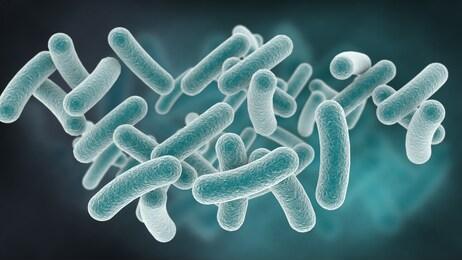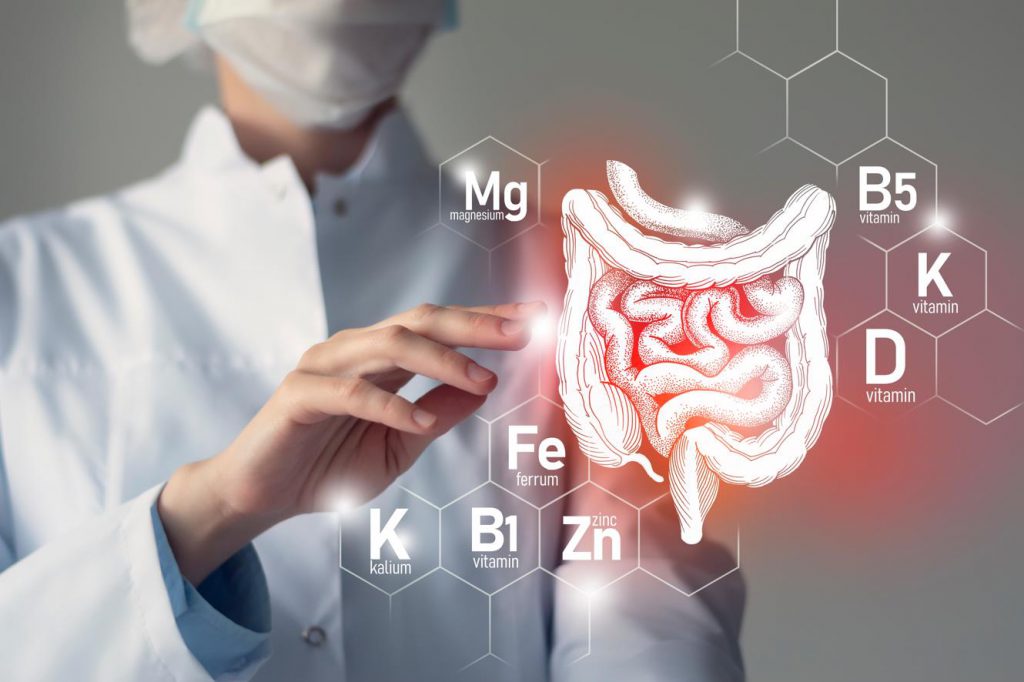Connie: My dear friends, thank you for joining us this Saturday evening. I’m so glad to have you here with us. Also with me today, is our old friend, Dr Hofstadter. Together, we will discuss metabolic engineering and probiotics in today’s episode. Thank you for being here, Dr. Hofstadter.
Dr. Hofstadter: Thanks for inviting me, Connie. Good evening, everyone. It is quite nice to see you again. I’m very glad to be here.
Connie: So in our last episode, we were talking about some technical aspects of recombinant lactic acid bacteria. We also discussed in detail the plasmid vectors, chromosome modification system, and expression system. We know that the application of probiotics in the food industry is increasing day by day, all are changing this field for the better. Many new strategies may be used to design the required probiotic strains. Among them, the new strategy of metabolic engineering is our focus today. At the very beginning, Dr. Hofstadter, please remind us what metabolic engineering is.
Dr. Hofstadter: So metabolic engineering is a new discipline developed to construct new metabolic pathways and produce specific target products. It can also be defined as a discipline that uses DNA recombination technology to modify specific biochemical reactions or introduce new biochemical reactions to directly improve product formation and cell performance. It uses multi-gene recombination technology to modify and transform cell metabolic pathways, change cell characteristics, and regulate cell genes. If we combine metabolic engineering, metabolic regulation, and biochemical engineering, together these form the advanced stage of genetic engineering.
Connie: Is it true that metabolic engineering can obtain mutant strains with excellent properties?
Dr. Hofstadter: That’s right. Metabolic engineering has shown its effectiveness in the production of fermentation products and the improvement of metabolic yield. I believe that some typical examples can be found in the fermentation production of amino acids, antibiotics, solvents, and vitamins.
Connie: Can you give some examples of the application of metabolic engineering in industrial probiotic strains?
Dr. Hofstadter: Sure. For example, transcriptome studies on Lactobacillus strains have shown that they are effective in increasing the yield of bioactive metabolites. But in contrast, overexpression of NADH oxidase improved the biosynthesis of exopolysaccharides in Lactobacillus casei. The reason is that the increase of NADH oxidase activity will lead to the decrease of NADH utilization rate and the increase of exopolysaccharides yield.
Connie: We see some data show that the residual galactose and lactose in fermented food can cause various industrial and health problems. Can metabolic engineering solve this problem by changing the metabolism of a biological substance?
Dr. Hofstadter: Of course. Researchers have studied the comparative genomics of Lactobacillus casei, and they proved that the existence of the tagatose-6-phosphate pathway in organisms is the main beneficiary of galactose or lactose catabolism. That means that we can use metabolic engineering to appropriately increase tagatose-6-phosphate. In this case, Lactobacillus casei can reduce the accumulation of galactose in fermented food.
Connie: Good to hear. From what we have talked about so far, I think that metabolic engineering lactic acid bacteria is a successful model. Have there been any conclusions regarding the metabolic engineering reached by the researchers?
Dr. Hofstadter: Yeah, most believe that the application of recombinant DNA technology in lactic acid bacteria metabolic engineering is helpful to change the results of primary and secondary metabolites. The main principle is to insert genes or operons into chromosomes through plasmids, so that the metabolic pathway of interest can be started. However, the introduction of DNA may cause the activation of other genes. Some DNA destroys metabolic pathways that are no longer useful.
Connie: Always some pros and cons. So what are the effects of homology and heterogeneity of genes inserted through plasmids on lactic acid bacteria?
Dr. Hofstadter: Inserted genes with homologous characteristics are necessary for the preparation of primers that provide favorable resources for food fermentation. Heterologous characteristic genes of lactic acid bacteria, like cell complexes, are also useful for the production of valuable chemicals such as vitamins.
Connie: In addition to recombinant DNA technology, what other methods can be used in lactic acid bacteria metabolic engineering?
Dr. Hofstadter: Yeah, there are methods like chemical mutagenesis and pedigree selection. They are also very important in the metabolic engineering of lactic acid bacteria. Because lactic acid bacteria have clear characteristics. They grow fast, have small genomes, and simple metabolism. They have considerable influence in the industry. In addition, genome sequencing has been completed from many lactic acid bacteria.
Connie: I see. These lactic acid bacteria are of great significance in clarifying metabolic pathways. There must be many metabolic pathways in lactic acid bacteria. Which one is the most concerning pathway?
Dr. Hofstadter: Glycolysis is the central metabolic pathway in lactic acid bacteria. The final product of this pathway is pyruvate. Subsequently, pyruvate is converted to lactic acid under the action of lactate dehydrogenase. There are different kinds of sugars that can be used as a suitable carbon source. Pyruvate metabolism can change from heterologous fermentation compounds of lactic acid bacteria to flavor compounds such as diacetyl, acetaldehyde, or alanine, which is very important in the dairy industry. These can be achieved by increasing the concentration of producing enzymes or blocking degrading enzymes.
Connie: Is there any way to classify metabolic engineering lactic acid bacteria?
Dr. Hofstadter: Yeah, they can be roughly divided into food fermentation initiators and cell factories producing chemicals, vitamins, and secondary metabolites.
Connie: We all know that probiotics have many important properties, including their long-term survival in the GI tract. If the adhesion between probiotics and intestinal cells is strengthened through metabolic engineering, what function may be improved?
Dr. Hofstadter: I would way the function of Phagocytosis. This can be achieved by inactivating the lactate dehydrogenase gene. This gene contributes to the production of only L-lactic acid rather than the racemic mixture of D-lactic acid and L-lactic acid.
Connie: Why avoid the production of D-lactic acid?
Dr. Hofstadter: Because the presence of D-lactic acid may cause Acidosis, which is one of the main problems in children. So it should not be included in children’s eating habits and should be avoided in food before it occurs.
Connie: Some well-known examples cite descriptions of various technologies that convert metabolism from total lactic acid to isolactic acid to produce appropriate products. What do you know about these metabolic changes?
Dr. Hofstadter: Let me give you some examples. By modifying pyruvate formate lyase and acetaldehyde dehydrogenase, pyruvate degradation can be prevented and the level of isolactic acid products can be increased. Under anaerobic conditions, Pyruvate formate lyase catalyzes the conversion of pyruvate to acetyl coenzyme A and formate. These substances may act as protective covers in dairy products. Alternatively, the inactivation of pyruvate formate lyase will lead to the increase of the pyruvate group, resulting in ethyl acetate and diacetyl.
Connie: I see. For many other therapeutic uses, new probiotic strains are being modified. Metabolic engineering shows a way to regulate the metabolism of organisms in order to maximize the extraction of required metabolites through genetic manipulation. Genes that modify probiotics play an important role in health. Okay, that’s it for us today. I hope you enjoyed today’s episode. Thanks, Dr. Hofstadter, for your very helpful input. And thanks, everyone, for listening. We will continue the discussions next week at the same time. See you then!
Dr. Hofstadter: Thanks, everyone. I hope we will see you next time.
